5 Theories You Must Know as a Media Student
Media constantly evolves, influencing our lives, culture, and society. As a media student, these five transformative theories, ranging from McLuhan's insights on mediums to Baudrillard's exploration of hyperreality, are essential for understanding the complex interplay between media, technology, and the world around us.
1/19/20254 min read
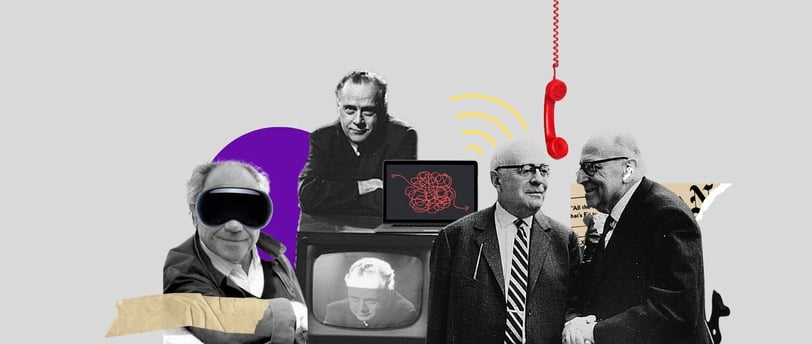

Media is an ongoing changing and transforming phenomenon, through its forever transforming quality it impacts our individual lives, culture, and society. These five theories serve as the gates to understanding the roles of media and technology in shaping our world.
The Medium is the Message by Marshall McLuhan
This is a famous phrase by Marshal Mcluhan but also a persuasive argument that suggests the way information is delivered (the medium) is more important than the content itself. That is television, social media, or print influence how we receive information and media messages. A printed book for example encourages deep and reflective thinking, while a tweet can shape public discourse by encouraging short and simplified arguments. McLuhan’s argument reaches human behavior and society. Consider how society communicated during the medieval ages compared to how smartphones have reshaped social interactions by enabling constant connectivity. Thus, the medium and the channel are more influential than the content it transfers.
To read the full book, you can get it on Understanding Media: The Extensions of Man by Marshall McLuhan
You can also download our free material using this link
Simulation and Simulacra by Jean Baudrillard
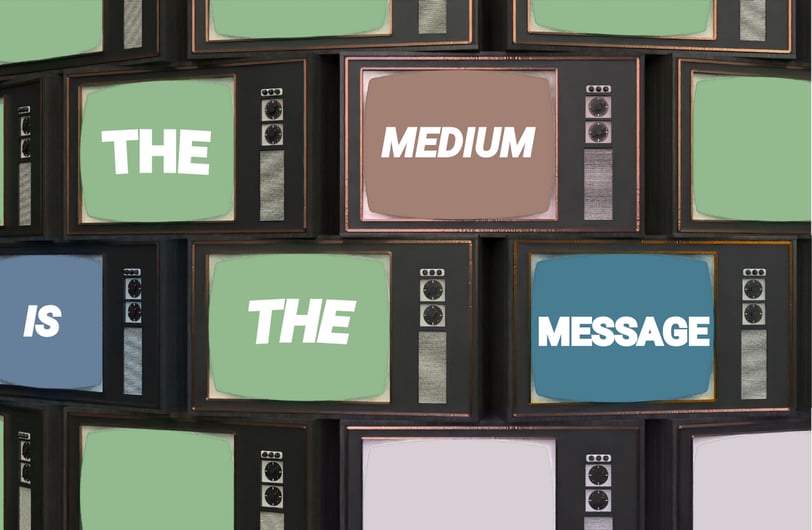

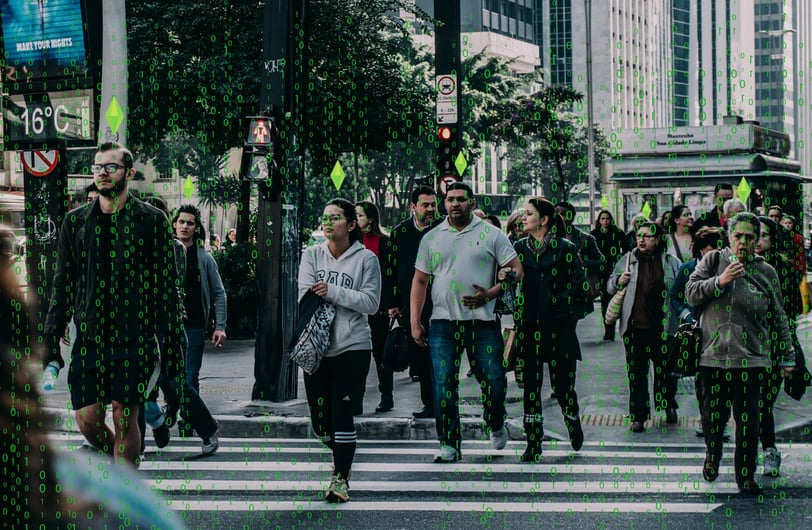

Media blurs the line between reality and representation. Jean Baudrillard’s theory explores how images replace reality and make it undistinguishable from what is physically and materialistically real, creating the concept of “Hyperreality.” A prime example would be video games as they stimulate real-world environments and events; like "The Sims," where players create virtual lives mimicking real-world actions, decisions, and relationships. This theory serves as a challenge to question the authenticity of what we see and consume in the media in terms of identity, news, and interactions with others, for today we are our social media profiles, and we are our numerical messages abstractedly stored in a server.
To read the full book here: Simulation and Simulacra by Jean Baudrillard
Critical Theory by Frankfurt School
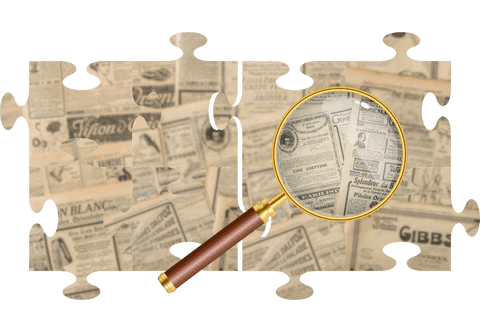

The Frankfurt School critiqued mass media for promoting consumerism and reinforcing societal power structures. It explores the media’s role in manipulating audiences, preventing them from critical thinking about the elites’ decisions, and most importantly setting the norms and standardizing culture. Advertisement is a strong example, in this case, it plays on the receiver's emotions to create unnecessary needs that would drive consumption and profit. Critical Theory encourages us to ask: who controls the media, and whose interests are being served?
To read the book by Christian Fuchs on Foundations of Critical Theory: Media, Communication, and Society
Agenda-Setting Theory
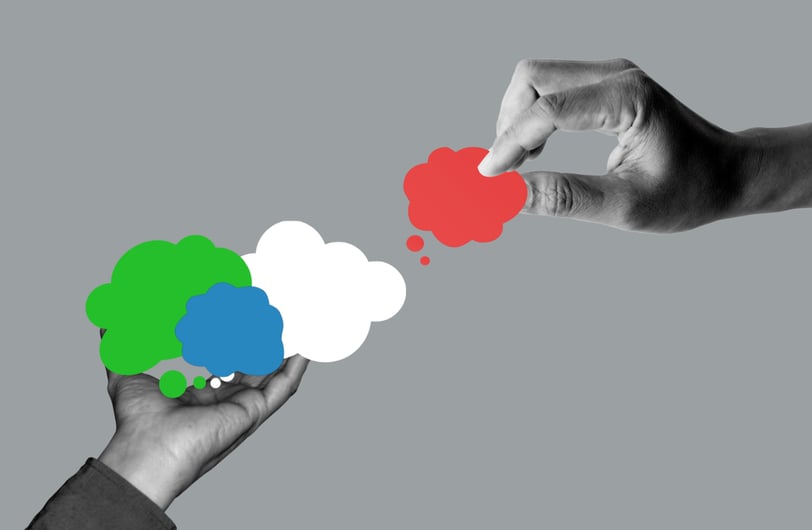

The media might not be successful in telling you what to think, but it might direct your attention to what they consider matters. This theory highlights the media’s power to influence what people think about it. For instance, all media outlets heavily cover the elections during political campaigns, shaping the priorities within the public’s discussions. Another form of the Agenda-Setting Theory is algorithms. While social media platforms like TikTok and Facebook tailor content to align with your previous interactions and interests, algorithms may emphasize certain posts, steering public attention toward a specific side of an event.
To read the book by Maxwell McCombs Setting the Agenda: Mass Media and Public Opinion
Media Ecology
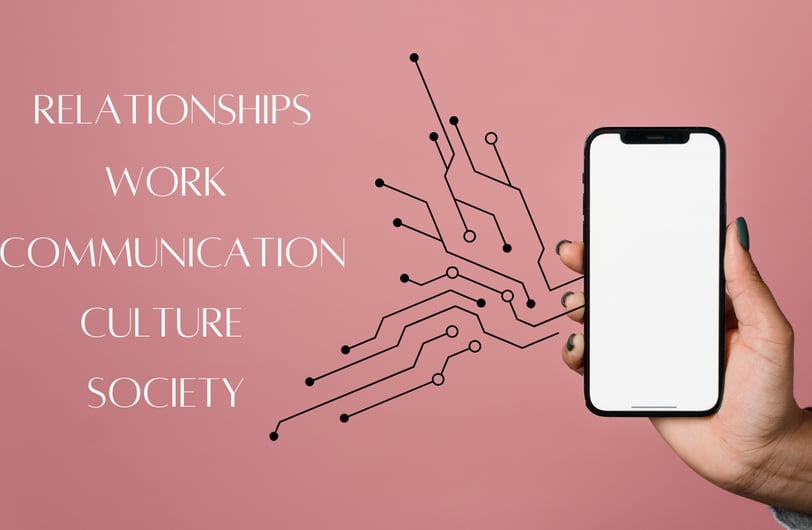

Media and technology act as environments that shape human communication and habits. Think about television, it was more than a medium for entertainment, but a mix of information, visuals, and storytelling, more so it was a family setting, living rooms were designed toward the TV for family members to watch news, movies, and shows. Social media in the present day creates a different communication style using text, audio, and videos exceeding geographic borders. Media Ecology makes us wonder about the influence of these tools on our relationships, habits, and even the way we process the world around us.
Read all Of McLuhan's theories in one book: McLuhan in Reverse by Robert K. Logan
You can also download our free material on Media Ecology through this link
